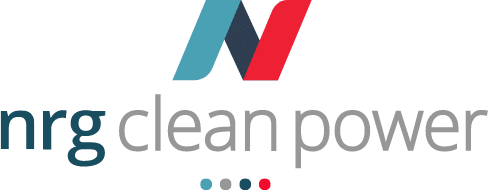When selecting a solar battery, key factors such as capacity, efficiency, chemistry, and installation options must be carefully considered. Here, we compare the BYD Battery-Box and the Tesla Powerwall 2 to help you make an informed decision.
Tesla Powerwall 2
- Usable Capacity: 13.5 kWh
- Continuous Power Output: 5 kW
- Peak Power Output: 7 kW
- Round-trip Efficiency: Approximately 90%
- Battery Chemistry: Nickel Manganese Cobalt (NMC)
- Warranty: 10 years with at least 70% capacity retention
- Installation: AC-coupled, can be installed indoors or outdoors
- Scalability: Up to 10 units in parallel
- Cost: Approximately $11,000
The Tesla Powerwall 2 is recognized for its sleek design and integrated AC-DC inverter, making it a versatile option for retrofitting existing solar systems. Its liquid cooling system allows it to operate in a wide temperature range, offering durability and reliability. However, its price point is higher compared to some alternatives, which might be a consideration for cost-conscious buyers.
BYD Battery-Box
- Usable Capacity: 15.36 kWh
- Continuous Power Output: Approximately 12 kW
- Peak Power Output: Approximately 19 kW
- Round-trip Efficiency: 95%
- Battery Chemistry: Lithium Iron Phosphate (LFP)
- Warranty: 10 years with at least 60% capacity retention
- Installation: DC-coupled, typically requires a compatible inverter
- Scalability: Highly scalable with up to 64 modules
- Cost: Approximately AU$12,000
The BYD Battery-Box excels in efficiency and scalability, making it suitable for larger or expanding energy needs. Its LFP chemistry is known for safety, longevity, and a lower degradation rate, offering a durable and reliable storage solution. However, it typically requires a compatible inverter and may involve a more complex installation process.
Comparison Table – BYD Battery-Box vs. Tesla Powerwall 2: A Comprehensive Comparison
| Feature | Tesla Powerwall 2 | BYD Battery-Box |
|---|---|---|
| Usable Capacity | 13.5 kWh | 15.36 kWh |
| Continuous Power Output | 5 kW | Approximately 12 kW |
| Peak Power Output | 7 kW | Approximately 19 kW |
| Round-trip Efficiency | Approximately 90% | 95% |
| Battery Chemistry | Nickel Manganese Cobalt (NMC) | Lithium Iron Phosphate (LFP) |
| Warranty | 10 years (70% retention) | 10 years (60% retention) |
| Installation | AC-coupled, indoors/outdoors | DC-coupled, requires compatible inverter |
| Scalability | Up to 10 units in parallel | Up to 64 modules |
| Cost | Approximately $11,000 | Approximately AU$12,000 |
Conclusion
The choice between the Tesla Powerwall 2 and BYD Battery-Box largely depends on your specific energy needs and priorities:
- Tesla Powerwall 2: Best for those who prioritize design, easy integration with existing solar systems, and a robust warranty. It’s particularly well-suited for homeowners looking for a compact, reliable solution.
- BYD Battery-Box: Ideal for users who need higher capacity, greater scalability, and efficiency. It’s a strong choice for larger installations or those planning future expansions, although it may require a more complex installation process.
Consider factors like cost, installation requirements, and your long-term energy goals when making your decision. Both batteries offer excellent features, but the best choice will depend on your specific circumstances and preferences.

